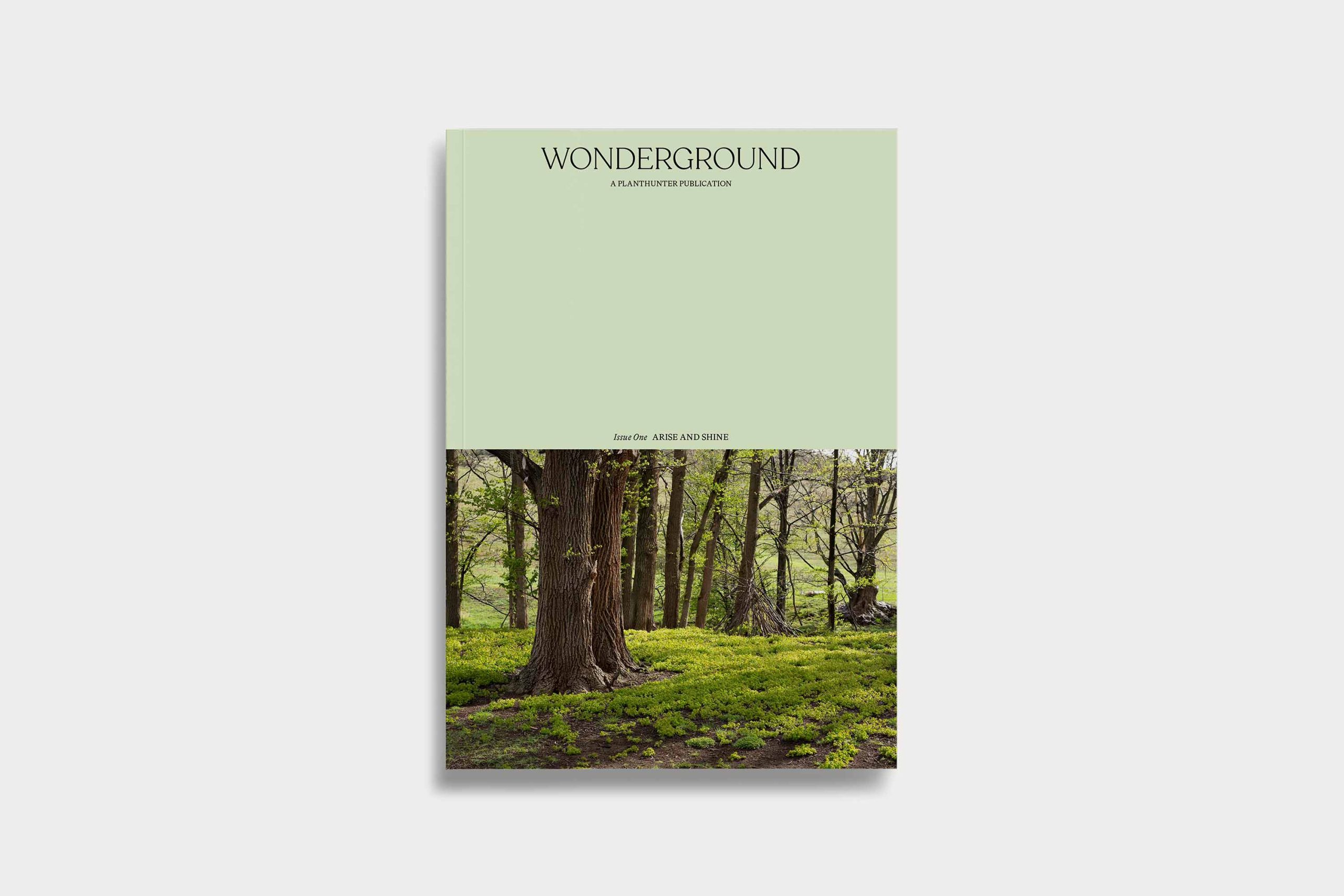Memories of Soil

- Words by
- Alisa Bryce
- Illustration by
- Ameli Tanchitsa
If the soil could speak, ‘unprecedented’ would not be in its vocabulary. After all, what is unprecedented to a medium that has persisted, in some places, for billions of years?
There is not much on this planet that the soil has not seen. At least twenty pandemics, countless economic crises and a multitude of revolutions; and that’s just in human history. In the East Pilbara Shire, Western Australia, there is a soil that remembers a time before higher life forms roamed above. When the world was a drab, rocky place, the air a fog of carbon dioxide and methane. Now extinct, this iron-rich yet green soil formed when there wasn’t enough oxygen in the atmosphere for the iron to rust. This soil could not form in the world as we know it today.
Some soils across the globe have seen the full spectrum of climatic variation. Ice ages, heat waves, oxygen levels so high that forests spontaneously combusted, then plummeting so low as to cause mass extinction. Soils have seen seas swell and recede, the rise of the plants and fall of the dinosaurs.
Such events do not leave the soil unchanged. Like the world, and the curious things that scurry upon it, the soil is in a constant state of transformation and adaptation. Organic matter builds, churned through the soil by worms and insects, sometimes slowly eaten away by hungry soil microbes. Water washes nutrients and minerals deeper into the ground, leaving bleached white layers, while winds blow away exposed topsoil. Today, much soil compresses under the weight of the pavement and buildings above.
As the soil changes, it also records. It captures, in its own way, the past, documenting within its layers evidence of a world long gone. The green soil in Western Australia remembers a time before oxygen. A dark grey-brown sandy loam in Pompeii infused with old root channels and organic matter is evidence of a time when Romans planted crops and picnicked above. This soil is now buried under 8 to 10 metres of history, including the famous grey ash that fell in 79 AD. The soil can even remember a fire, as in the hardened lumps of burnt clay in Parramatta, formed by fires made at least 150 years ago by the Darug Burramatta clan.
The soil is still recording. As the human population grows, our ‘footprint’ becomes larger and more complex. We are brilliant at digging up elements from one place and putting them in another. Extracting phosphorus from rock to spread over farmland, or capturing nitrogen from the air and putting it in the soil. In our cities it’s the metals that dominate, such as cadmium, copper and zinc. In some areas we are giving new life to old, tired soils; in others, we are wearing them down.
I do not know how the world will change next; there are too many factors at play. But I do know this. Soil was here long before us, and will persist well after the age of humans, slowly adapting to the latest version of the world. Perhaps some more modern soils like peat will become extinct. Perhaps the iron rich soils will turn green once more. Whatever happens, the soil will remember. I hope it remembers something good.








